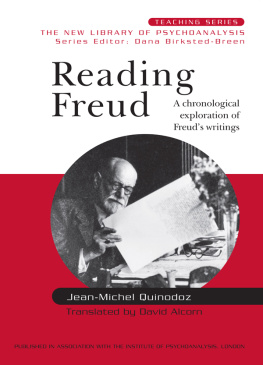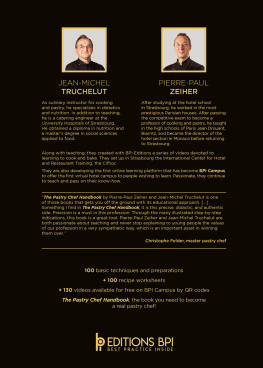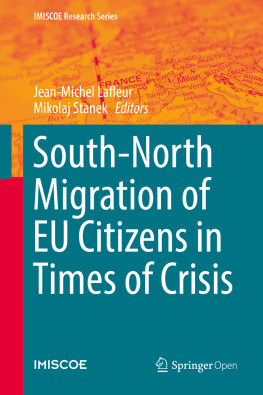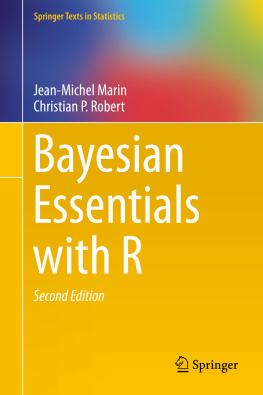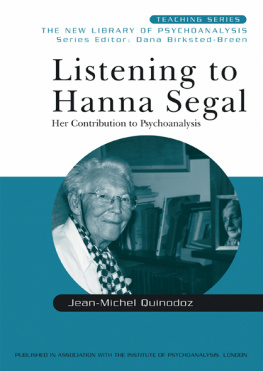Quinodoz Jean-Michel - Reading Freud
Here you can read online Quinodoz Jean-Michel - Reading Freud full text of the book (entire story) in english for free. Download pdf and epub, get meaning, cover and reviews about this ebook. year: 2005,2004, publisher: Taylor and Francis, genre: Science. Description of the work, (preface) as well as reviews are available. Best literature library LitArk.com created for fans of good reading and offers a wide selection of genres:
Romance novel
Science fiction
Adventure
Detective
Science
History
Home and family
Prose
Art
Politics
Computer
Non-fiction
Religion
Business
Children
Humor
Choose a favorite category and find really read worthwhile books. Enjoy immersion in the world of imagination, feel the emotions of the characters or learn something new for yourself, make an fascinating discovery.
- Book:Reading Freud
- Author:
- Publisher:Taylor and Francis
- Genre:
- Year:2005,2004
- Rating:4 / 5
- Favourites:Add to favourites
- Your mark:
- 80
- 1
- 2
- 3
- 4
- 5
Reading Freud: summary, description and annotation
We offer to read an annotation, description, summary or preface (depends on what the author of the book "Reading Freud" wrote himself). If you haven't found the necessary information about the book — write in the comments, we will try to find it.
Reading Freud — read online for free the complete book (whole text) full work
Below is the text of the book, divided by pages. System saving the place of the last page read, allows you to conveniently read the book "Reading Freud" online for free, without having to search again every time where you left off. Put a bookmark, and you can go to the page where you finished reading at any time.
Font size:
Interval:
Bookmark:
Reading Freud is the outcome of a long journey, on both personal and group levels. In the first place, this volume is based on my personal encounter with psychoanalysis and on my long experience as a psychoanalyst in private practice with patients who have classic psychoanalytic treatment: lying on the couch, with in most cases four sessions per week. Clinical experience has taught me that Freuds ideas are living theories which throw light on our everyday work with our patients and are a continual inspiration for contemporary psychoanalysts. Reading Freud is based also on my familiarity with the various post-Freudian currents of thought which exist at present. I was able to appreciate the diversity and creativity of these thanks to the contacts I have had with many colleagues in the course of my work as editor for Europe of the International Journal of Psycho-Analysis . My knowledge of German was another element that prompted me to write Reading Freud . Whenever I read the original version of one of Freuds texts, I am struck by the sheer simplicity of the way he wrote, using for the most part everyday expressions and avoiding neologisms. I have tried to write this book in the same spirit in order to make Freuds ideas accessible to as wide a readership as possible it is perfectly feasible to respect the complexity of an authors thinking while expressing his ideas in clear and simple language. Lastly, Reading Freud is the result of the work done in a seminar devoted to a chronological reading of Freuds writings. The seminar began in 1988 as part of the training programme for prospective psychoanalysts at the Raymond de Saussure Psychoanalytic Institute in Geneva, and at the time of writing this work is still ongoing. Since the seminar provided the raw material on which both the form and the content of this book are based, I feel it important to mention that group experience.
Freuds published work is both impressive in scope and complex in nature. His psychoanalytic papers alone fill some twenty-four volumes, while his pre-psychoanalytic writings and his correspondence comprise over a hundred books in all. How can we possibly have a global view of such an imposing body of work?
There are many ways of reading Freud, and though each has its advantages and disadvantages, they all complement one another. We can read Freud selectively, choosing la carte an article or a book, or we can choose a theme and the papers in which it is discussed. A selective approach has the advantage of closely examining each paper, spending as much time as need be to mull over it; this is a particularly apposite approach, because Freuds writings do lend themselves to a Talmudic form of exegesis, i.e. analysis of the meaning of each sentence (and even of each word) and of its relationship to other texts. However, with this kind of approach, it would take many years before the reader could complete such an undertaking.
Another way to read Freuds major psychoanalytic works would be to adopt a chronological approach, beginning with Studies on Hysteria , published in 1895, and going all the way through to An Outline of Psycho-Analysis , written in 1938, the year before he died. Reading Freuds texts in the order in which they were published, without spending too much time on each one individually, gives the reader a grasp of how Freuds thinking developed over the years. In order to maximize the advantages to be gained from a chronological reading, I think that, from the outset, a time-limit should be set, even though this kind of approach does not allow the reader to analyse each paper in as detailed a fashion as the text itself deserves. It is above all important that the reader keeps the overall picture in mind, for when we succeed in acquiring a panoramic view of Freuds writings, this helps us to realize that the various psychoanalytic schools of thought have often seized on certain particular aspects rather than on others. We can see too that this narrowing of focus tends to increase as it is handed down from generation to generation, with the concomitant risk of leaving aside more and more aspects of Freuds writings which are just as valuable.
These two approaches, selective and chronological, do not stand in opposition one to the other in fact, they are complementary, for each in its own way illustrates how Freud himself kept revising his way of looking at things, turning uncertainty to his advantage and taking his clinical experience into account in order further to develop what he had discovered. It is of course possible for a single person to embark on such an undertaking, but it would demand a great deal of time and tenacity before the reader could complete the bulk of the work so as to have an overview of how Freuds thinking developed over the years. That is why I feel that such an experience is particularly stimulating for a group of readers, more able to sustain a long-term effort of this type.
For a long time, the idea of writing a book on the entire range of Freuds texts did not even cross my mind; the project seemed to me to be over-ambitious. In addition, I could not see how the approach that made for the originality of the seminar working on Freuds writings in a way that was not only chronological but also correlative and interactive could be carried over on to the pages of a book. Then, one day, I had the idea of using typography, page layout and colour all at the same time so as to offer a visual representation of this combined approach to Freuds writings. This layout enabled me to adopt for each chapter of Reading Freud the same pattern used in the seminar session devoted to studying one of Freuds texts.
With very few exceptions, each chapter heading is the title of a single one of Freuds texts. To distinguish between books and papers, inverted commas are used for the latter. The title is followed by the date of first publication of the text, as referenced in the chronological table of FreudBibliographie mit Werkkonkordanz (Meyer-Palmedo and Fichter 1989) and in the Standard Edition of the Complete Psychological Works of Sigmund Freud . When the date of publication does not coincide with the year which a given text was actually completed, I follow the usual practice: the first date given is that of publication, the second, in square brackets, is when it was written, e.g. An Outline of Psycho-Analysis (1940a [1938]).
Each chapter carries an introductory heading which evokes the topic about to be examined, together with a short presentation of Freuds paper. The idea here is to give the reader an outline of the contents of the chapter and to situate the text briefly within the context of Freuds writings as a whole.
In this highlighted feature, the reader will find information concerning Freuds personal life insofar as it relates to the text studied in the chapter, as well as some indication of the wider historical context. I have noted the principal elements which influenced to a certain extent the writing of Freuds text, and I have included a short biography of some of Freuds most important followers at the time, as well as information relating to those of his patients who played a significant role.
References: for each of Freuds texts, I have indicated the volume and page number references to the Standard Edition of the Complete Psychological Works of Sigmund Freud ( S.E. , London: Hogarth Press and The Institute of Psycho-Analysis). In addition, the reader will find in the Bibliography the references corresponding to the various volumes of Sigmund Freud, Gesammelte Werke ( G.W. ).
Font size:
Interval:
Bookmark:
Similar books «Reading Freud»
Look at similar books to Reading Freud. We have selected literature similar in name and meaning in the hope of providing readers with more options to find new, interesting, not yet read works.
Discussion, reviews of the book Reading Freud and just readers' own opinions. Leave your comments, write what you think about the work, its meaning or the main characters. Specify what exactly you liked and what you didn't like, and why you think so.

